#miwok
Text
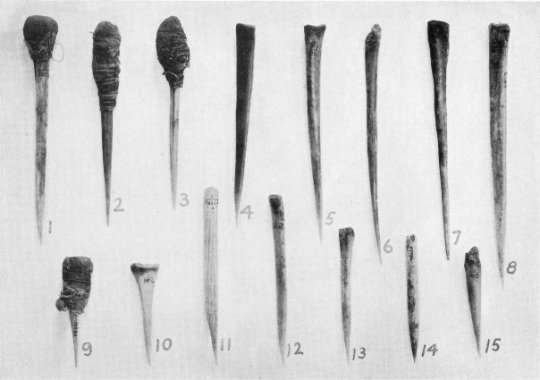
Bone Awls from
Miwok Material Culture: Indian Life of the Yosemite Region (1933) by S. A. Barrett and E. W. Gifford
87 notes
·
View notes
Photo




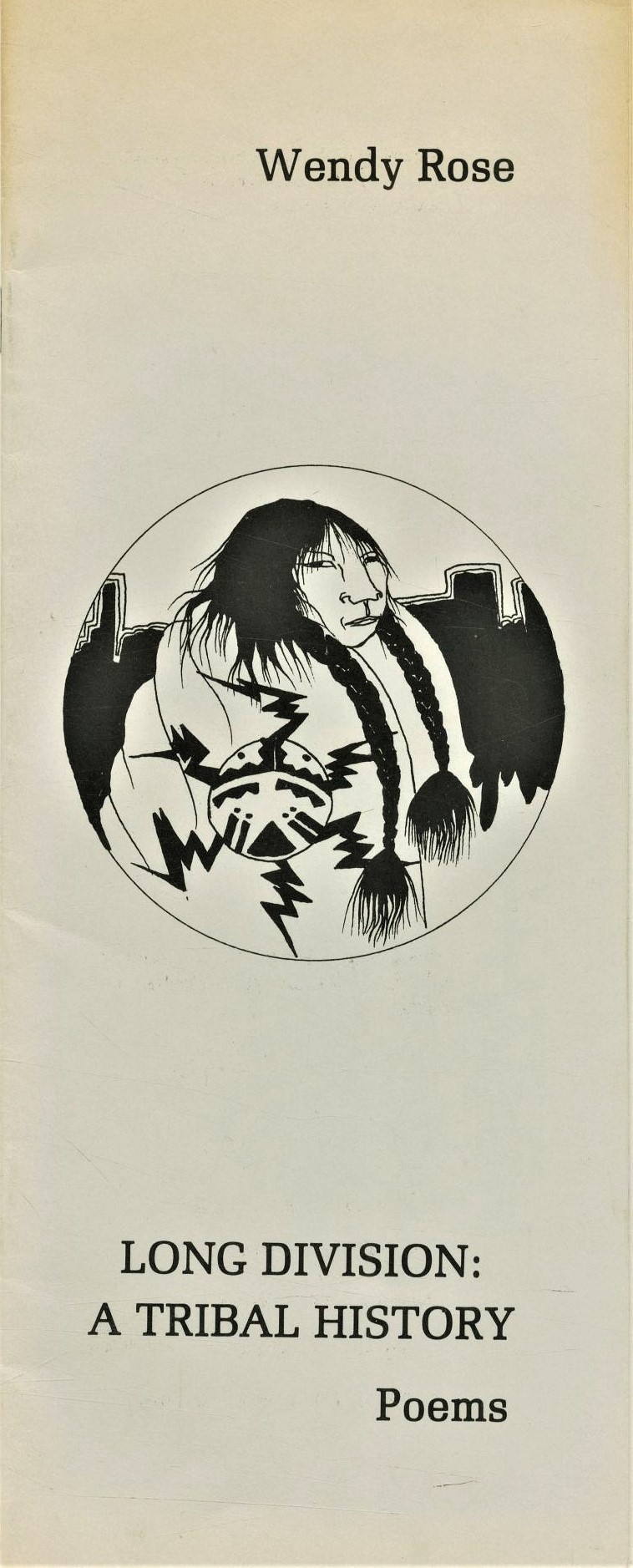

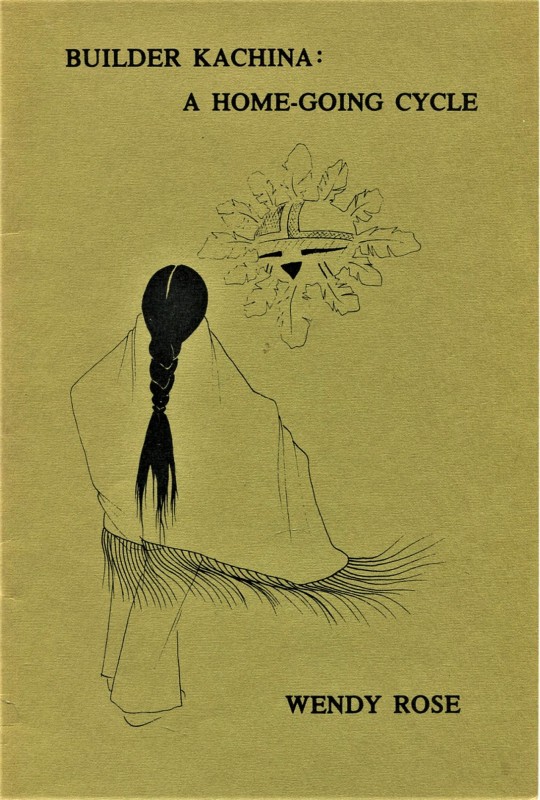

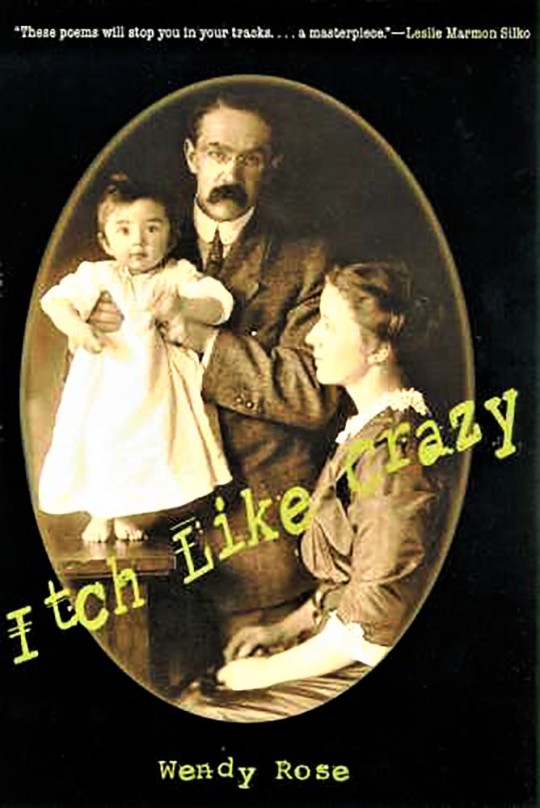

Native American/First Nations Woman Writer of the Week
WENDY ROSE
Hopi/Miwok writer Wendy Rose (1948-) was born in Oakland, California, and did not experience a reservation childhood. She had few connections to her Hopi and Miwok heritage save for stories from her father’s Hopi people. This childhood experience helped shape Rose’s poetry and her focus on reclaiming her cultural identity. Her work is influenced by ethnography, her personal experience of identity, and both her political and feminist stances. Besides poetry, Rose also writes nonfiction that addresses issues of appropriation of Native American culture.
As a young woman, Rose dropped out of high school, joined the American Indian Movement (AIM), and participated in the 1969-71 occupation of Alcatraz. Rose did return to school and earned a BA, MA, and a PhD in anthropology, all from the University of California, Berkeley. Her studies in anthropology helped bridge the gap between her early experiences and her indigenous identity, and she stated that during her time at Berkeley she often “felt like a spy in the field of anthropology.” This experience also led to a decades-long academic career.
UWM Special Collections preserves seven collections of Rose’s poetry: Hopi Roadrunner Dancing (Greenfield Review Press, 1973); Builder Kachina (Blue Cloud Quarterly, 1979); Long Division: A Tribal History (Strawberry Press, 1981); What Happened When the Hopi Hit New York (Contact II Publications, 1982); Going to War With All My Relations ( Northland Publishing, 1993); Bone Dance, (University of Arizona Press, 1994); Itch Like Crazy (University of Arizona Press, 2002).
See other writers we have featured in Native American/First Nations Woman Writer of the Week.
#Native American/First Nations Woman Writer of the Week#women's history month#Native Americans#Native American writers#Native American women writers#women writers#Wendy Rose#Hopi#Miwok#poetry#Native American poetry#women poets#Native American Literature Collection#Elizabeth V.
59 notes
·
View notes
Text
So I have a small thing in the works. And by small I mean “over 40,000 words before 1900”. An alternate history, if you will.

The gist of it is that a species of camelid survives the Ice Age in North America, allowing domestication by the locals and the building of bigger and longer-lasting settlements across the continent. The Norse come along and, amazingly, are assimilated; the Inuit accidentally cause a plague that decimates (in fact removes about a fifth of) the “Old World”; Kuroda Kiyoshi discovers “France (actually *California); Vinlanders discover Spain. It gets more complicated from there, but the gist of it is that the various indigenous civilizations? They’re still around. Better than that, they’re much bigger players, both at home and elsewhere in the world (ask me about U’lpaltiwey sometime).
(And you would not believe how many languages I had to at least discover if not learn for this project.)
Right now I have five potential ideas for a book in this world:
Kingawa: an abbreviated version of the foundation of the Japanese colony in British Columbia.
The Western Worlds: a peek at the development of Earth in this timeline, from 1504 through to 1899.
The Last Crusaders: a story of a Muslim family living in southern Iberia during the last push against the Emir in Málaga—in the 1880s. Also there’s a Lakota medician working with the militarized equivalent of Doctors Without Borders.
Dugan Quirk: short stories about the titular character, starting with his attempt to round the world in 77 days and accidentally setting off a train of catastrophes in the process. I can neither confirm nor deny that there’s a vampire involved.
The Burning War: the First War of the Worlds, taking place in North America, as told in small snippets from all sides.
So! What say you? Preferences?
(EDIT: ignore the misspelling. It should be Kaaruhaar, not Kaahuraar. Either way, the usual English name is Alcazar, but I wasn’t using that.)
#alternate history#indigenous people#aboriginals#canada#unitedstateofamerica#Mexico#book idea#lakota#ojibwe#miwok#vinland saga
32 notes
·
View notes
Text
WEST INDIGENOUS NORTH AMERICAN RESOURCES
The Anthropological Masterlist is HERE.
The Western United States is a North American region that constitutes the western part of the United States. Alaska and Hawaii are also considered part of the Western United States.
AHTNA ─ “The Ahtna, or Ahtena, people are an Indigenous North American people. They are native to the Copper River in southern Alaska.”
─ Ahtna Information
ALEUT ─ “The Aleuts, or Unangas, are an Inuit people. They are native to the Aleutian Islands between Russia and Alaska.”
─ Aleut Information
─ Aleut Museum
─ Aleut Language
ATHABASKAN ─ “Athabaskan, or Dene, is an Indigenous American linguistic group that share the Athabaskan language family. They are native to Alaska, north Canada, and southwest United States of America.”
─ Athabaskan Languages
─ Athabaskan Language Conference
CAHUILLA ─ “The Cahuilla, or Ivilyuqaletem, people are an Indigenous North American people. They are native to the center of southern California.”
─ Cahuilla Information
─ Cahuilla Language
─ Cahuilla Language
CROW ─ “The Crow, or Absaroka, people are an Indigenous North American people. They are native to central and south Montana.”
─ Crow Information
─ Crow Language
HOPI ─ “The Hopi are an Indigenous North American people. They are native to northeastern Arizona.”
─ Hopi Information
─ Hopi Culture and History
─ Hopi Dictionary
INUIT ─ “The Inuit are an Indigenous North American people. They are native to Greenland, Canada, and Alaska.”
─ Inuit Collections
─ Inuit Religion
─ Inuit Dictionary
KUMEYAAY ─ “The Kumeyaay, or Tipai-Ipai, people are an Indigenous North American people. They are native to southern California.”
─ Kumeyaay Culture
─ Kumeyaay Language
─ Diegueño Dialect
KWAKWAKA’WAKW ─ “The Kwakwaka’wakw, or the Kwakiutl, people are an Indigenous North American people. They are native to Vancouver Island.”
─ Kwakwaka’wakw Mythology
─ Revival of the Kwakwaka’wakw Langauge
─ The Bible in Kwakwaka’wakw
LUISEÑO ─ “The Luiseño, or Payómkawichum, people are an Indigenous North American people. They are native to the coastal area of southern California.”
─ Luiseño Culture
─ Luiseño History
─ Luiseño Language
MIWOK ─ “The Miwok, or Miwuk, people are an Indigenous North American people. They are native to northern California.”
─ Miwok Mythology
─ Miwok History
─ Miwok Dictionary
NAVAJO ─ “The Navajo, or Diné, people are an Indigenous North American people. They are native to the southwestern United States of America.”
─ Navajo Culture
─ Navajo Mythology
─ Navajo Language
O’ODHAM ─ “The O’odham people are an Indigenous North American people. They are native to the Sonoran Desert in Arizona.”
─ O’odham Dictionary
PAIUTE ─ “The Northern Paiute people are an Indigenous North American people. They are native to the Great Basin in the United States of America.”
─ Paiute Culture
─ Paiute Culture
─ Paiute History
PUEBLO ─ “The Pueblo, or Puebloan, people are an Indigenous North American people. They are native to New Mexico and Arizona.”
─ Isleta Pueblo Information
SHOSHONE ─ “The Shoshone, or Shoshoni, people are an Indigenous North American people. They are native to Wyoming, Idaho, and Nevada.”
─ Shoshone Information
─ Shoshoni Language Project
SNOHOMISH ─ “The Snohomish people are an Indigenous North American people. They are native to the Puget Sound area of Washington.”
─ Snohomish Culture and History
TEWA ─ “The Tewa are an Indigenous North American people. They are native to the Rio Grande, New Mexico.”
─ The Ethnogeography of the Tewa Indian
WINTUN ─ “The Wintun people are an Indigenous North American people. They are native to North California.”
─ Wintu Language
ZUNI ─ “The Zuni, or Zuñi, people are an Indigenous North American people. They are native to western New Mexico.”
─ Zuni Culture
─ Zuni Culture
─ Zuni Language
#resources#western united states#ahtna#aleut#athabaskan#cahuilla#crow#hopi#inuit#kumeyaay#kwakwaka'wakw#luiseño#miwok#navajo#o'odham#paiute#pueblo#shoshone#snohomish#tewa#wintun#zuni
56 notes
·
View notes
Text

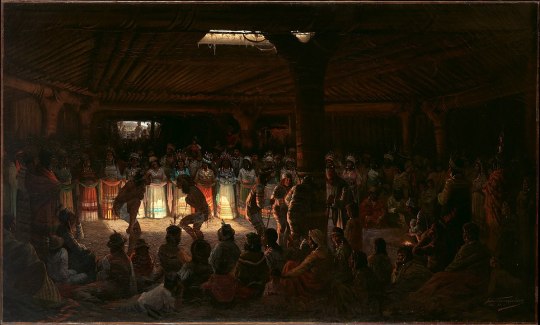
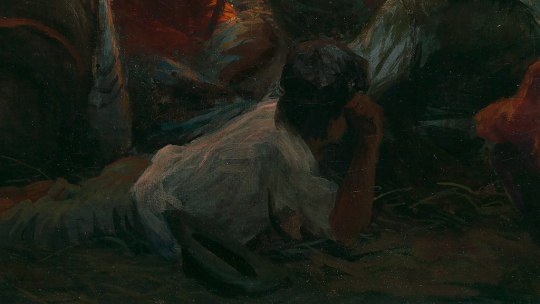
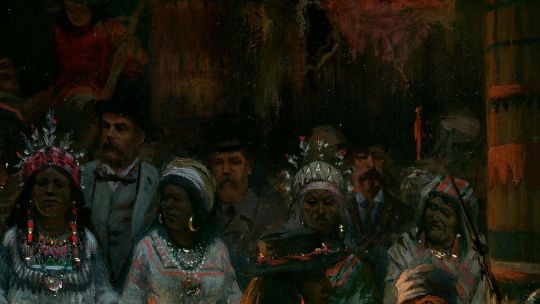
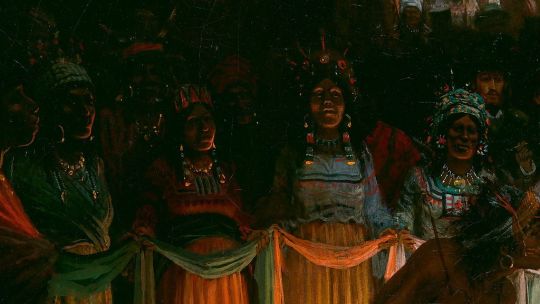
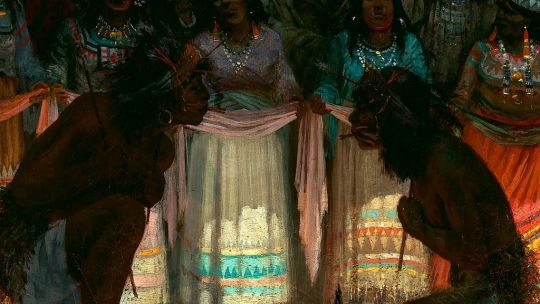
"Dance in a Subterranean Roundhouse at Clear Lake, California"
Jules Tavernier, 1878
3 notes
·
View notes
Note
Are you white? Answer quickly.
LMFAO WHAT?! No I’m not white I’m indigenous dndbdhjsks. I think it’s even in my bio???? Maybe it’s not idk I’m Miwok and Ojibwe & literally speak some central Miwok dialect. This just caught me so off guard I’m used to this on tiktok comments not freakin’ tumblr (anymore).
#why am I even receiving this ask???#what did I say or do that prompted this lmao#this is my first and ONLY ASK TOO???#ask box#tumblr asks#moth answers asks#indigenous#native american#miwok#ojibwe
4 notes
·
View notes
Photo

Along the trail you will notice these round impressions embedded in the rock. The impressions were used as pounding rock by the Miwok people to crush, pound and grind acorns. This photo taken along the Snow Creek trail.
0 notes
Text
You know what would be funny. If the Quileute told all the other Native Nations on the coast about the vampires & were like "there's vampires going around btw & they're assholes" & the other tribes just killed them. Just bc the Quileute signed a peace treaty doesn't mean everyone else did

#i keep getting twilight tiktoks on my feed for some reason but this one girl in particular always digs at it so its at least funny#Smeyer knows nothing the Quileute would not be the only ones who knew about the vampires#word would get around quick & it would be sooo funny if like the Makah or Chinook or Miwok took them out dhyjry#twilight tw#twilight anger on main
160 notes
·
View notes
Text
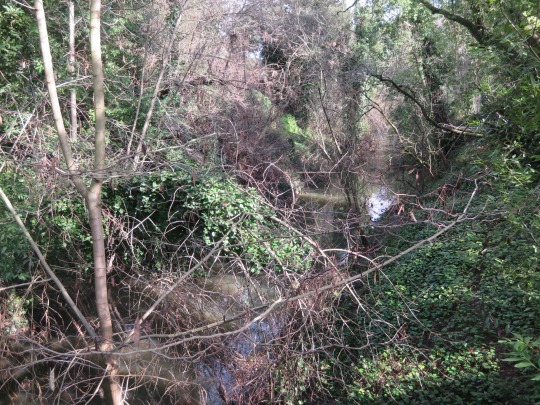
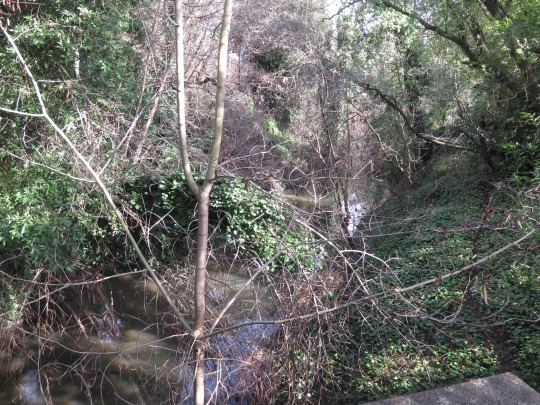


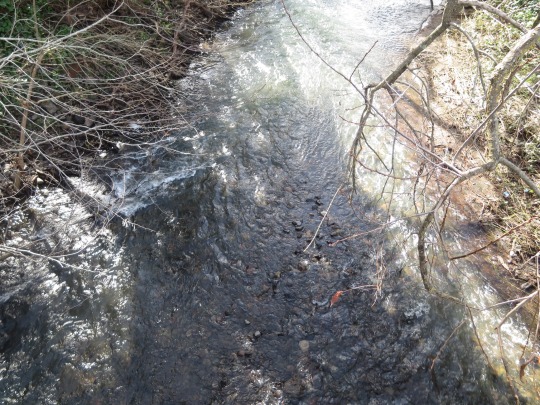
From my walk the either day. The water is so much higher than normal due to the rains. I’m in love.
Santa Rosa, CA
#nature#creeks#plants#flowers#urban photography#urban explore#photography#707#santa rosa#California#Sonoma#Sonoma county#Mendocino county#Pomo#Pomo land#Northern California#pacific northwest#Lake Miwok#Lake Miwok Wappo#Mother Nature#native#native land#Native American
3 notes
·
View notes
Photo


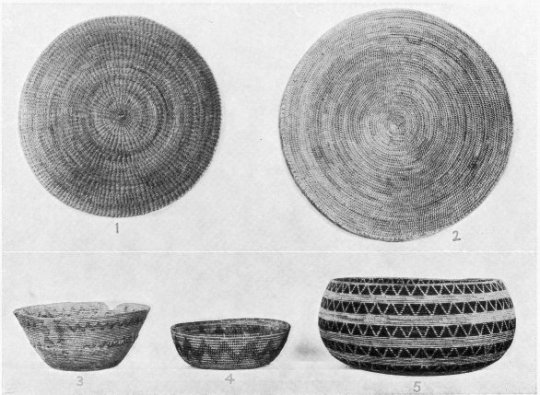
Coiled Baskets from Miwok Material Culture: Indian Life of the Yosemite Region (1933) by SA Barrett and EW Gifford
130 notes
·
View notes
Text
that "what indigenous tribe's land are you on" map that circulated tumblr a while ago didn't really tell me what ones but absolutely EVERYWHERE at school does. yokuts.
3 notes
·
View notes
Text
And now for something a little different:

(Yes, this is what I’ve been working on for the past while.)
For context:
The story of the Golden River—’Onochok in Kochachi, Kingawa in Nikkeijin Japanese—with its five rivers, its seven great cities, its many-buttressed buildings and sacred isles—is a complex one, as is the story of the Nikkei-jin, the Japanese settlers who became the greatest rivals of the people of the Bay. But they are not alone, in the story of this continent. Nor can what happened to them truly be divorced from events elsewhere in the known world.
The continent of HESPERIA lacks much in the way of domesticable animals, but there was one key exception—camelops celeris, which the Bay would call ’espeli (plural ’espelik) but most of the world would come to call nayoomee. Large and llama-like, the nayoomee would provide meat, wool, and perhaps most importantly a suitable mount. Camelops c. occidentalis, the variant found on the western coast of Hesperia, would come to be used by the ancient Hokan pastoral peoples, giving them an edge against the Yok-Utian agriculturalists…at least at first. It would also give the ancient Inawemaaganic [Algonquian] tribes on what another history would call the Columbia Plateau a key boost in their expansions across the continent to the west.
It is with these people—or with a descendant people, the Nnu [Mi’kmaq]—that the next stage of the story takes place. Because in the year 1000, a ship came from the northeast of the world, bearing warriors from a faraway land, a strange faith, strange new animals—and strange diseases. Smallpox in particular did a lot of damage—tore the Wóšnathípi Empire to pieces, ended the cult of the Bird-Men, nearly destroyed the power of the Turtle Cities of the Great Lakes, and left piles of burning corpses brightening the night in the Bay, among other effects. Key to all this, though, is that the people of the urban civilizations of Hesperia survived. And those who did now had a boost against the sicknesses of the Other World.
The story continues in 1251, when a group of Tau raiders—whom another history would call the Inuit—made their way across the Strait and traded with Japan and China. North China, anyway; the Mongol Conquest was still ongoing at the time. Unfortunately, the Tau brought a disease of their own with them, which English speakers would come to call alcom: a herpesvirus causing diarrhea, spots, and febrile seizures, and then, as little as four months or as much as five years later, inflammation of the body—including fatal encephalitis. It was this sickness, also called the Red Death, which among other things stopped the Yuan from getting all the way south, saved the city of Baghdad (by forcing a recall of the armies), ensured the presence of Christian kingdoms in Palestine and Muslim principates in Iberia for centuries to come, and meant that the population had already dropped by a full fifth across Eurasia when bubonic plague came along not too long later.
It would be a much more haggard, somewhat more fervent, world which was set to unite in 1485, when Kuroda Kiyoshi, frustrated at the Mongol omnipotence in trade, was granted permission by the Emperor Go-Tenji (Yamahito) to seek an alternative trade route with the faraway land of Europe. After being at sea for thirty-nine days, on the fortieth they came to a great bay, filled with sacred islands and surrounded by cities of stone and mud.
In keeping with a time-honoured tradition across the multiverse, he deemed it France.
***
Hesperia will have had three and a half thousand years of recognizable “civilization” (large-scale agriculture, cities, literacy, metallurgy, epidemic disease, war) by the time the worlds collide. The countless cultures to have risen and fallen in that time could fill a book—and in this world and ours they already have. But for simplicity’s sake, let us divide the world into six portions.
KAWIINI, the “centre-world”, marks the western coast of the continent, along the edge of the Assinotie Mountains (which another history would call the Rockies). This is where the nayoomee was first domesticated; this is where tule reed was first stamped into paper scrolls; this is where the first outbreak of alcom occurred; this is where one of the continent’s three major religions, HOYOHHA, would develop. The region of Lokloni, the “Great Valley”, contains four great powers constantly one-upping each other in trade and warfare. The KOCHACHI, whom another history would call the Miwoks, hold sway here, the Earth-King and Water-King in Hulpu-Mni (our Sacramento) controlling the massive river valley to the north and (more importantly) four of the Seven Cities around the Bay. The other powers worth mentioning are the SHUURVITAM [Tongva and nearby Takic peoples] to the south, whose great city of Iyáanga would later be described as a “Babylon in Paradise”, and the TAU, Hesperia’s first intercontinental empire.
TUUWAQATSI is slightly to the east, in the Assinoti Mountains themselves. Cliff-cities were being built here before almost anywhere else on the continent; the arrival of the nayoomee, and more importantly domesticated bighorn sheep, did wonders for the local economy, as did goosefoot and sunflowers and, later, maize, beans, and squash. Currently most of the land—and a good chunk of the plains to the east—is under the control of the TINTA IMPERIUM, whose dominant inhabitants call themselves the Nemi and are called the Shoshone in our timeline. Of mention are the DINÉ, the Navajo, who have maintained a reasonable presence despite the efforts of the Eight Mayors, and the ÂSHINI [Zuñi] and HOPI, both of whom are considered de facto independent peoples within the Tinta Imperium thanks to the prominence of their cities.
ÑÍTA is what our world would call the Mississippi River Basin, with much territory on the eastern coast and the western plains; perhaps it would be fairer to call it the home of the Mississippian Cultures instead. Here grow sunflowers and goosefoots, amaranth and squash; here a species of dwarf bison was domesticated for meat and wool, becoming immensely valuable; here rose the cult of the Bird-Men, in recent centuries overthrown. Currently the ancient city of Omašté, ruled as ever by the ancient WAPKÁTXUNGWANG (called the Lakota in our own timeline), has recovered most of its former territories after the Scabbing (smallpox epidemic). But further to the south the OKLA (Choctaw) have begun spreading their own faith, HVSHI ANOWA, along with their Horsemen, uniting the Riverlands by something other than mercantile cunning or brute strength. Ugedaliyv, homeland of the ANIYVWIYA’I [Cherokee], has broken away, seemingly for good—so long as the Ongweh’onweh (Iroquois) don’t make a move in their direction. And as always, there are the SEA COUNTRIES: Aphópkee, Hótvlee-Tv’lwv, Chitkohòki, and Kuht’hanut, caught between too many powers and just wanting a relatively quiet life.
AKIIWAN is actually a ridiculously large region, from the Atlantic to the Arctic, and almost all of it is Cree. NĒHIRAW, that is; they are perhaps the oldest continuous INAWEMAAGANIC culture, keeping to their ancestral patterns of semi-nomadic migration from buried city to buried city, all across the northern grasslands and into the taiga. But although the largest, they’re by no means considered the most influential. No, that would be the circuits of GAMEEN, the land around the five Great Lakes which would come to be known as Gameen in time. The BII’WEG, our Ojibwe or Anishinaabeg, were the first to domesticate lake rice, and the first to smelt arsenic bronze, and the second to adopt ironworking. Their main religion, NANDOWIN, has spread far across the continent; most of the Nēhiraw have synchronized to it, and even the arrival of the Vinlanders couldn’t stop the NNU from seeking the Answers they wanted. The VINLANDERS themselves have all but fully integrated into Nnu society; both their language and that of the Nnu are spoken equally at the great Althing in Kyrvik/Welta’qase’g (and most places have two names, too). Their trading (and raiding) empire stretches as far north as Nucho, Baffin Island in another time, and as far south as the Bawa Sea. And they’ve come at last to an uneasy truce with the Bii’weg, at least until the whole mess with the ONGWEH’ONWEH [Haudenosaunee] is sorted out.
The tropical BAWA SEA has long been dominated by the TAÍNO, whose ship-building has moved from dugout canoes to junk-like ships with cotton sails and mahogany hulls. The cacicazgos of the four main islands have a strict policy of peace on land. …and technically on water, too, but normally they just end up hiring Huasteca, Carib, Tupi, Okla, or Vinlandic pirates to capture each others’ ships. Captured Taíno are ransomed; captured pirates are sold, or brought back to work on plantations. For the Taíno, thanks to the Tupi, are now Hesperia’s main source of KYE, an extract of stevia rebaudiana up to 300 times sweeter than sugar. People in the north will pay a small fortune for the chance at even a taste; it is small wonder that when Malinese explorers come this way, they will name it the Digeji—the Sea of Honey.
ANAHUAC is a world of its own. The NAHUA peoples made their way south some time ago, riding nayoomee and herding peccaries through the desert and introducing steeds and sickness alike to the various civilizations to the south while pinching the secret of bronze from the Purépecha. These days, the Nahua—or more precisely the MEXICA—rule a decent chunk of the country that would in another world (and another time) be called Mexico, under three great kings on their island city of Nopalla. The only real contenders are the ZAPOTECS and MIXTECS, who remain among the few places the Mexica have not been able to bring under tributary sway, and the MAYA, disparate jungle city-states who survived the plagues and general collapse and have begun trading chocolate and jade with the Taíno to the north and the Tupi to the south. The Mexica are known historically for their logistics, nayoomee being excellent tools for message delivery, but in the past few decades the capture of human sacrifices has been getting a little too much for subject people who can’t understand why they don’t just eat their giant dogs instead. Still, it’s not all bad; perhaps it just needs some shaking up…
#alternate history#Kingawa#aboriginals#first nations#canada#california#maps#indigenous people#for want of a nail#you know how many languages I’ve been having to learn for this thing?#the answer is both so many and too few#anyone have a decent Lakota grammar they can suggest#aztecs#ojibwa#vinland saga#miwok#Tongva#lakota#more work to do
6 notes
·
View notes
Text
Welcome to The Pass!
That is the name of the new novel I had the pleasure of Co-Authoring with long time friend and school mate, Allan Krummenacker. Together we managed to create a different type of supernatural novel. Well, rather than me trying to explain it, why don't you read what Kirkus Reviews has to say!
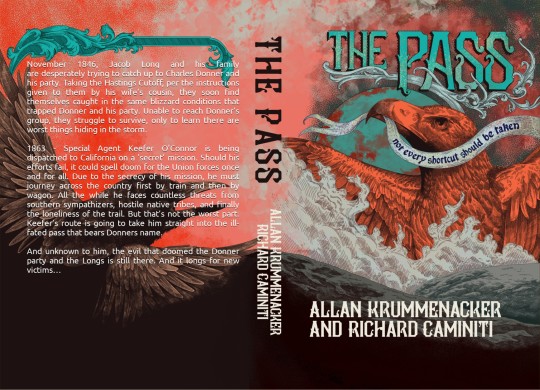
Find it at Amazon and see for yourself!
#supernatural#vampires#zombies#chinese#irish#civil war#1863#jiang shi#spy#war department#secret service#Keefer O'Connor#Lafayette Baker#Lansford Hastings#Donner Pass#union soldier#confederate soldier#skinwalker#miwok indians#indians#indie publishing
1 note
·
View note
Text
The Coast Miwok Peoples, Colonization, and the Preservation of Indigenous History (Encore)
Caption: A tule elk in Point Reyes in 2015. Credit: Austlee via Wikimedia Commons, under a CC BY-SA 4.0 Deed license. Image is unaltered.
Dive into the history of Point Reyes National Seashore, one of the most iconic national parks in northern California, with us. Known for rugged sweeping beaches and the famous tule elk, we’ll recount the waves of colonization that violently upended the lives of…
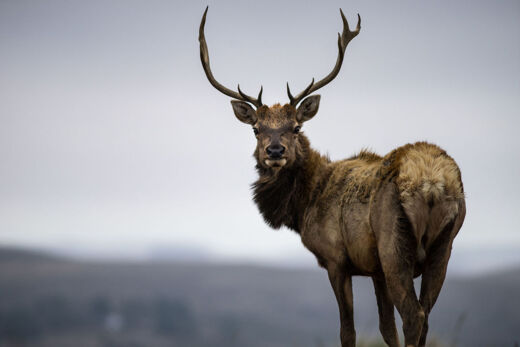
View On WordPress
#Alliance for Felix Cove#California#cattle#Coast Miwok#colonization#Felix Cove#forced displacement#indigenous history#jina chung#Laird&039;s Landing#Lucy Kang#Making Contact#Marshall Beach#national park#National Park Service#national seashore#native americans#Point Reyes#Point Reyes National Seashore#public lands#radio project#ranching#settler colonialism#Spanish missions#Tamal-ko#Tomales Point#tule elk
0 notes
Text
I had a conversation with a yt dude simply because he was listening to the Smiths. Gawd, I used to love the Smiths until Morrissey became such a vain, self-centered, inconsiderate racist who sided with the conservative political party who is against immigrants in his country. The hypocrisy. He adored his Mexican fans many who were immigrants from Mexico or had parents who immigrated from Mexico. But I did not talk about that with this guy. I talked about my favorite song There Is a Light That Never Gets Out. As we talked the song played like on cue. I asked what his favorite the Smiths song. He said Ask. I think I over shared. But he was polite and quiet.
I saw two men sitting on a park bench. I said they looked like best buds. They admitted they just met and enjoying the view of the lake. The black guy was drinking from a bottle that had a cozy. I think he was trying to hide the fact it was alcohol. The Asian guy was all smiles. He was visiting family for New Year celebration. He smoked Marlboros. I was tempted to ask for a cigarette. The black guy said have a nice day to let me know he wanted to end conversation. The Asian guy was walking. He said that his city is small and did not have "this" meaning the lake and the view. He walked around. He said oh you go ahead. I think he wanted be alone with the view.
The yt dude about the Smiths admitted he was a Generation Xer when I asked. He asked me. I answered likewise. "Yes, unfortunately." He asked, "Why 'unfortunately'?" I responded, "Because I understand Gen Z but they do not understand me, and they do not care." Then he said, "At least there are Millennials and they definitely don't like them." I said, "We are Gen X. We understand across the generations. We are the bridge. But we don't care. We just let them duke it out. Cuz we are like 'whatever.'"
Idk why I talked about high school. He said this city was where he raised. I said I did not know what it was. It felt like a boughshee suburb. I did not know if it was suburbia or suburbia sprawl. I asked if it was always like this. He said it was country. I said there must have been elk at some time. Now I just see freeways. He said it was more ranching.
Then he said he needed to walk before it got dark.
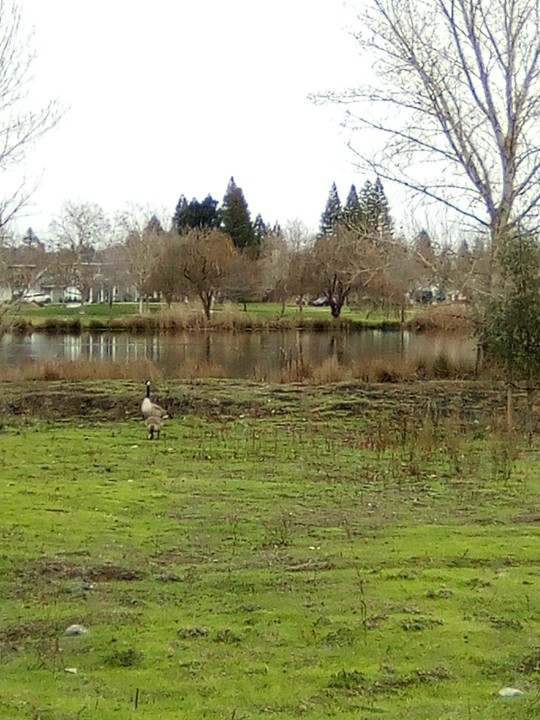
0 notes